Profit From Punishment? Volkswagen's Preferred Emissions Penance Faces Criticism From State Officials and Automakers

Government officials and automakers are accusing Volkswagen of twisting its emissions-cheating penance to its own advantage. As part of its sentence for equipping over half a million vehicles with defeat devices, the United States is forcing VW to spend billions of dollars on a decade-long program that promotes environmentally friendly transportation and green technologies. The company opted to invest a large part of those compulsory efforts into establishing an EV charging network within the U.S.
However, seven state attorneys generals have urged the Environmental Protection Agency to closely monitor Volkswagen’s course. They contend that such a network would give the company an unfair advantage in the forthcoming electric revolution, allowing VW to profit from its misconduct.
Government officials from both sides of the aisle seem genuinely paranoid that the company could turn the charging network into a potential cash cow but, according to The Wall Street Journal, none have proposed a suitable alternative. A spokeswoman for Rhode Island Attorney General Peter Kilmartin, a Democrat, suggested “concerns remain that [VW] will gain an advantage in the industry despite the company’s past malfeasance.”
Arizona’s Republican-led Office of the Attorney General issued a similar statement. “We continue to be concerned that Volkswagen will be allowed to benefit from a settlement intended to penalize for defrauding consumers,” said a spokeswoman before adding the need for the EPA to “diligently monitor” the situation.
VW’s charging network, while separate from other financial sanctions imposed on the company, is a large expenditure in itself. But it’s also in line with the automaker’s recent efforts to rebrand itself as a progressive and green automaker with a new focus on EVs. An initial $300 million investment outside California will go towards the construction of more than 450 charging stations in 39 states, situated near highways and business centers. Additional investments will be made to bolster the Golden State’s comparatively robust network.
The German automaker says it doesn’t view the stations’ construction as government-approved business opportunity. Instead, it believes its good-faith investment into U.S. infrastructure is highly preferable to continue being fined directly for its past transgressions. It also maintains that its network would only comprise a small portion of North America’s future charging needs — less than 10 percent, it estimates.
“There is a lot of investment that needs to happen. We’re just part of it,” explained Mark McNabb, chief executive of Electrify America, the Volkswagen subsidiary overseeing the project.
But there is a business model in place. VW intends to gain revenue from drivers charged at stations, or through a subscription. Automakers may also be able to purchase unlimited credits with Electrify America on a per vehicle basis. Prices have yet to be specified but a spokesperson from the company explained they will likely fluctuate in tandem with the market. Subscriptions are also likely to be issued on a time-sensitive basis.
Ford has made its position on the network clear, issuing concerns that Volkswagen might design stations without considering other manufacturers’ needs or will take advantage of its customers’ data. “Given the importance of this portion of the infrastructure to [electric vehicle] adoption, Ford has reservations about having a key electrification driver dependent on and ultimately controlled by one automotive competitor,” stated John Viera, Ford’s global director of sustainability and vehicle environmental matters, in a letter to California regulators.
The Environmental Protection Agency has had little to say on the subject but the California Air Resources Board wrote to Volkswagen in May. The letter requested the automaker address rivals’ concerns, plan to install charging stations in lower-income areas, and consider the prospect of servicing hydrogen fuel cell vehicles — which it wisely omitted from the development project.
While Volkswagen’s certainly could manipulate the investment to better serve itself or even corner certain portions of the EV market, Tesla Motors could just as easily be doing the same with its own charging network. The only difference here is the former is supposed to be getting punished while latter is not. Regulators gave Volkswagen the green light and it’s up to them to see that they don’t take advantage.
However, let’s not forget that everything seems to be pointing to VW using standard high-capacity outlets that most automakers are either already using or could easily adapt to. It’s also doubtful that the company would try to swindle the public with its previous offense still fresh in everyone’s mind.
[Image: Volkswagen Group]

A staunch consumer advocate tracking industry trends and regulation. Before joining TTAC, Matt spent a decade working for marketing and research firms based in NYC. Clients included several of the world’s largest automakers, global tire brands, and aftermarket part suppliers. Dissatisfied with the corporate world and resentful of having to wear suits everyday, he pivoted to writing about cars. Since then, that man has become an ardent supporter of the right-to-repair movement, been interviewed on the auto industry by national radio broadcasts, driven more rental cars than anyone ever should, participated in amateur rallying events, and received the requisite minimum training as sanctioned by the SCCA. Handy with a wrench, Matt grew up surrounded by Detroit auto workers and managed to get a pizza delivery job before he was legally eligible. He later found himself driving box trucks through Manhattan, guaranteeing future sympathy for actual truckers. He continues to conduct research pertaining to the automotive sector as an independent contractor and has since moved back to his native Michigan, closer to where the cars are born. A contrarian, Matt claims to prefer understeer — stating that front and all-wheel drive vehicles cater best to his driving style.
More by Matt Posky
Latest Car Reviews
Read moreLatest Product Reviews
Read moreRecent Comments
- Kjhkjlhkjhkljh kljhjkhjklhkjh Pay money to be inundated in Adverts for a car that breaks when you sneeze? no
- Laflamcs My wife got a new 500 Turbo in 2015. Black exterior with an incredible red leather interior and a stick! The glass sunroof was epic and it was just about the whole roof that seemed to roll back. Anyway, that little bugger was an absolute blast to drive. Loved being run hard and shifted fast. Despite its small exterior dimensions, one could pile a lot into it. She remember stocking up at COSTCO one time when a passerby in the parking lot looked at her full cart and asked "Will it all fit?" It did. We had wonderful times with that car and many travels. It was reliable in the years we owned it and had TONS of character lacking in most "sporty" car. Loved the Italian handling, steering, and shift action. We had to trade it in after our daughter came along in 2018 (too small for 3 vacationers). She traded it in for a Jeep Renegade Latitude 6 speed, in which we can still feel a bit of that Italian heritage in the aforementioned driving qualities. IIRC, the engine in this Abarth is the same as in our Renegade. We still talk about that little 500..........
- Rochester If I could actually afford an Aston Martin, I would absolutely consider living in an Aston themed condo.
- Redapple2 I ve slept on it. I would take one on a 3 yr lease for $199/mo- ($1000 down total). Evil gm Vampire gave me this deal in 2012.
- 3SpeedAutomatic Would prefer a non-turbo with a stick shift. That would be more fun to drive!!🚗🚗🚗Also, I could teach my nieces and nephews to drive a standard. You'd be surprised how many folks can't handle a stick shift today. Yet, in Europe, most rental cars come with a stick unless you specify otherwise.



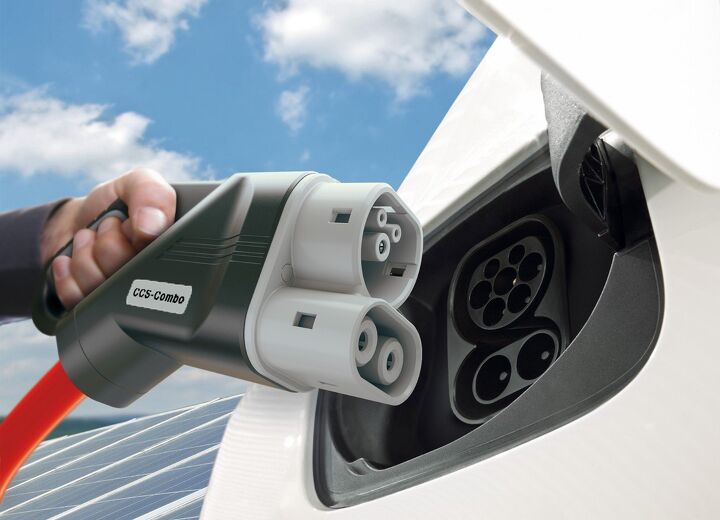















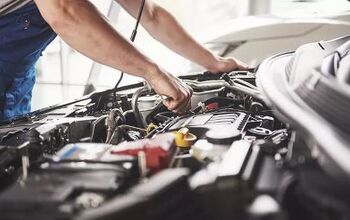
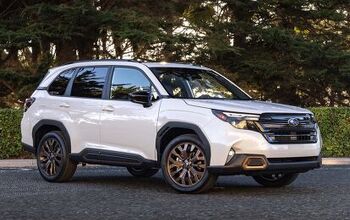
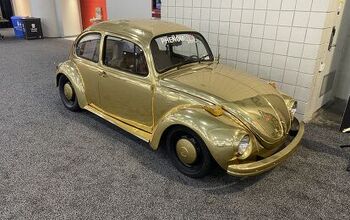
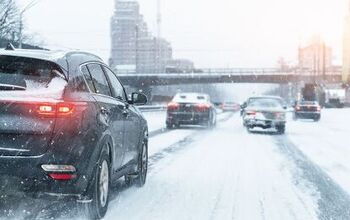
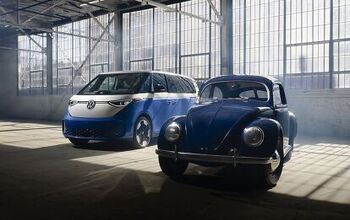
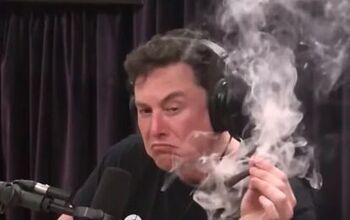
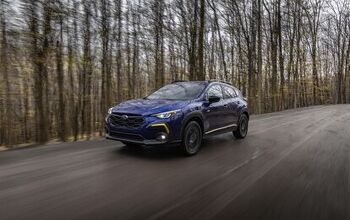

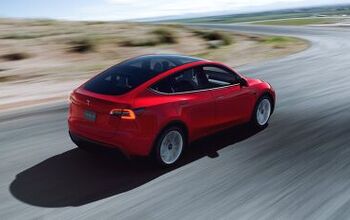
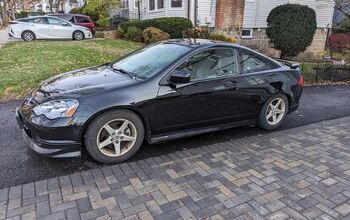
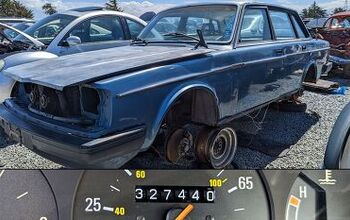

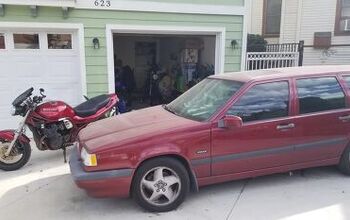
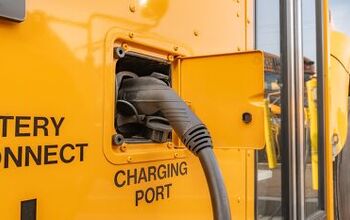
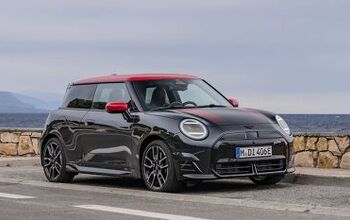
Comments
Join the conversation
I have no problem with VW trying to make lemonade here.
This is why we still pay a 3% interchange fee for moving money electronically, where places like Africa do it way cheaper on smartphones....no one can agree on a fair standard, everyone wants their standard to win, so they can get licensing fees forever. Apple Pay ? Paypal ? All fail as universal adoption as no one wants the other guy to get the money. All cars get gas from all stations. This is the standard they have to meet. I saw a cell phone charger the other day at a Honda dealer. It had probably a dozen plugs. The HDMI is a great example. Everyone uses it, but only because the Electronics makers made a deal with the content providers. It is cheap to license, but you must support the content protection. If you don't you are sued for violation of patent. HDMI isn't wonderful, it is just the standard they all agreed upon, but they headed off a universal open source DVI standard. The content providers got the hardware makers to do their copyright protection work, and via licensing - contract law to boot. Car makers are nowhere near as incestuous as the Consumer Electronics folks, and electric power isn't anywhere near "content" for the rights holders. Still, you need a universal nozzle. Period. The nonsense where I get the patent and for the rest of eternity get a residual because the plug is a triangle, or has three ovals, or whatever, won't work this time..... There needs to be a USB standard for charging cars. Sadly, I'm sure we will suffer a railroad type gauge war since a lot of very rich interests will do all they can to make sure their standard wins.